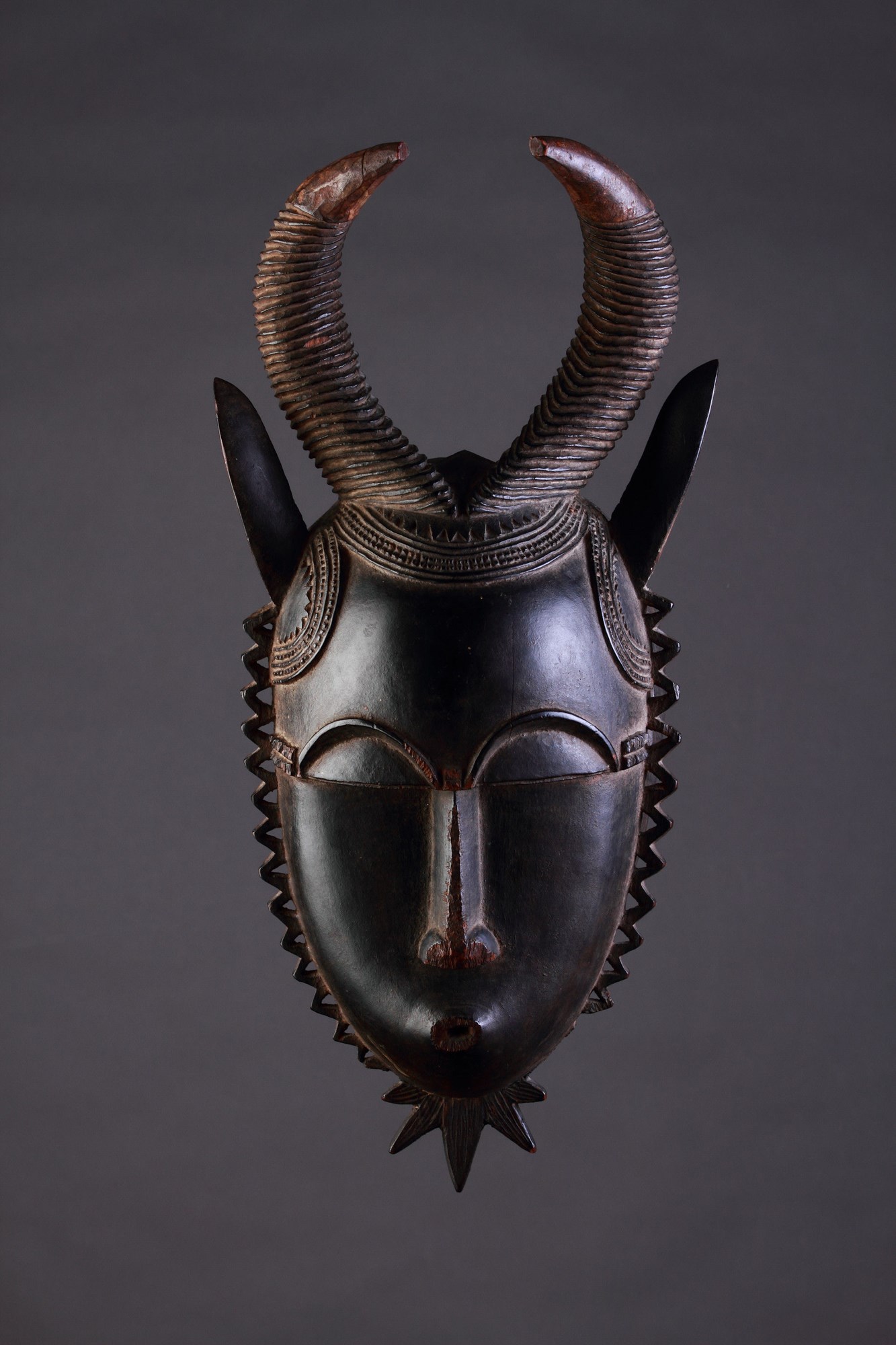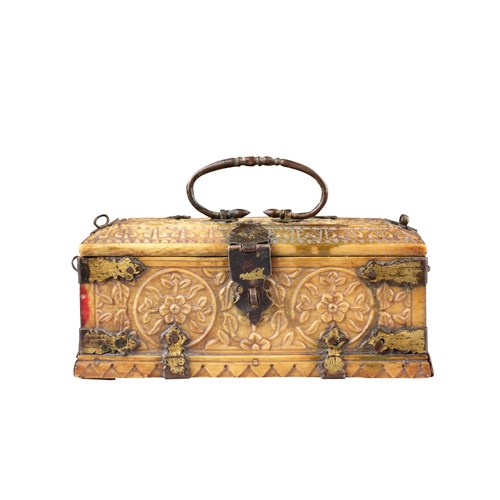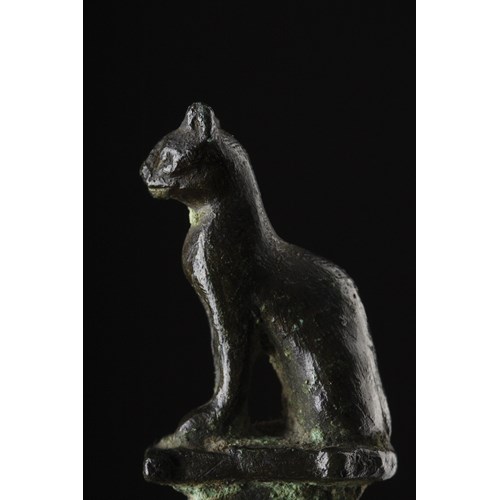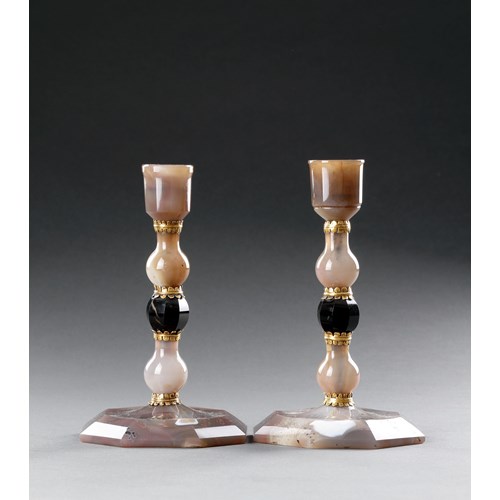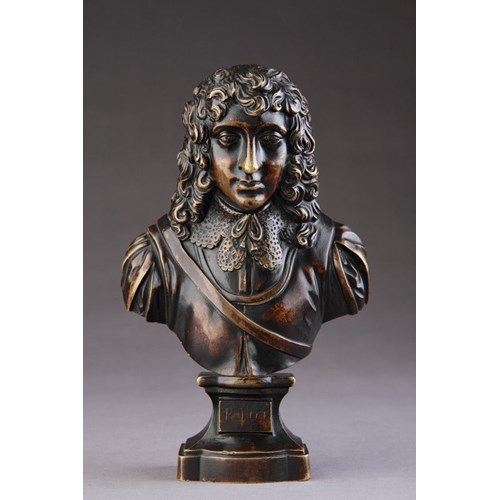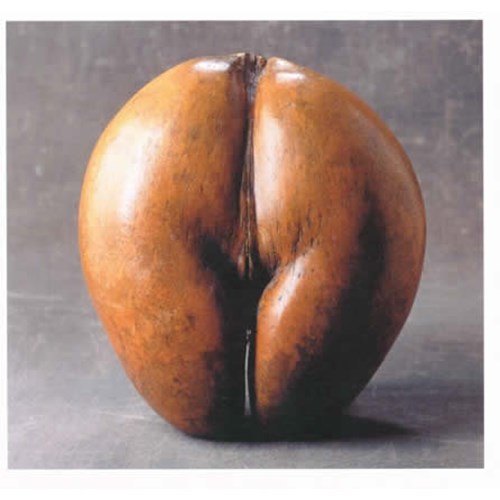West African Central Ivory Coast Baule/Yaure Face Mask ‘Mblo’
Epoque 1900-2000
Origine Cí´te d'Ivoire
Medium Wood, Pigment
Epoque: 1900-2000
Origine: Cí´te d'Ivoire
Medium: Wood, Pigment
Literature: Known for their stylisation, detail and remarkably refined features these finely carved face masks are of a type that appears in village masquerades for recreational entertainment called ‘Mblo’. These dances and scripted performances are the cultural equivalent to western ‘opera’ or ‘film noire’. Everyone is allowed to see them and enjoy the communal event. Between performances the masks were kept out of sight carefully wrapped in bark cloth and hung from the thatch of their dancers sleeping rooms in the village.
These sculptural masks have often been identified as Yaure, a less populous group who depending on their proximity to their neighbours either speak Baule or Mande. Both Yaure and Baule art, culture and masquerade performances are closely related. The Yaure masks have similar horn like projections carved with patterns and oval heart shaped faces. The scalloped hairline and elaborately carved patterns above it, representing the coiffure, are also typical of Yaure and Baule styles. The horns probably represent those of an antelope, an animal hunted by both the Baule and Yaure. The masks are emblems of spirit powers and their features are borrowed from the most physically attractive men and women who conform to the Baule/Yaure ideal of beauty, as physical beauty is culturally equated with moral rectitude.
Many of these masks were brought to Europe in the early 20th century where they were often bought and collected by artists upon whose work they had great influence. For example Amedeo Modigliani was directly influenced, and Pablo Picasso had a Baule/Yaure mask in his studio at Villa La Californie, now in the Musée Picasso in Paris.
Plus d'œuvres d'art de la Galerie


